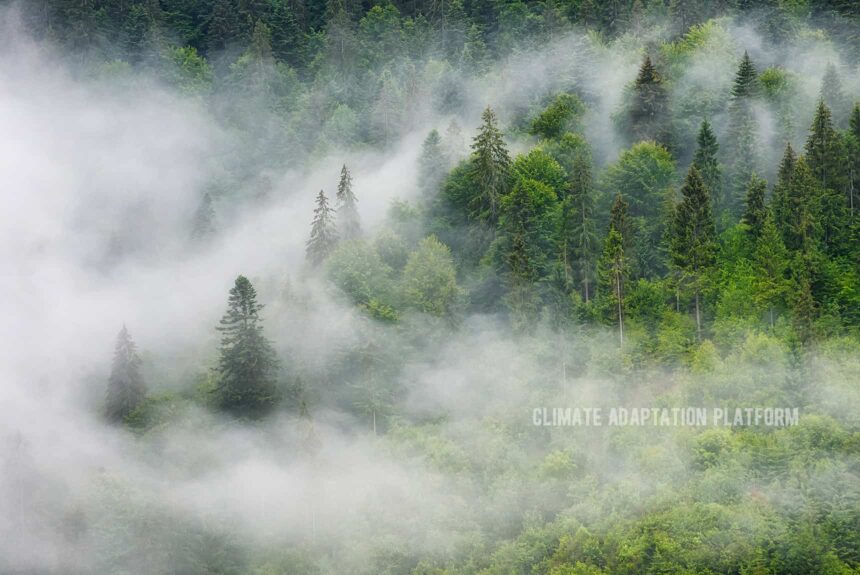Not all forests are equal regarding the amount of carbon they absorb from the atmosphere. Monoculture forests- those planted with the same species of trees are not only an inefficient way to mitigate climate change but a missed opportunity to promote biodiversity and provide economic benefits, the Earth.org article says.
We currently have the highest amounts of carbon dioxide in the atmosphere in over 66 million years.
Despite the temporary drop in emissions due to covid, emissions are set to rebound to pre-covid levels. GHG levels are driving global warming and creating hostile environments for species from which they cannot adapt quickly enough, forcing them to extinction.
Tree planting is becoming fast climate mitigation for countries wanting to offset their carbon emissions and meet the 2015 Paris Agreement.
When governments plant monoculture forests, they separate climate mitigation and biodiversity conservation. Mixed-species forests, on the other hand, “harmonises both the goals and actions of both crises and attempts to solve them holistically.”
The article provides the benefits of planting mixed-species forests compared with monocultures.
- Increasing the number of forest-dwelling species by 78%, as shown by a study in Northern Europe.
- Increases the quantity of carbon sequestered compared to monoculture ones. However, despite this finding, the article says that projects worldwide still prefer planting monoculture because it is perceived as the simplest method of planting trees on a large scale.
- Improves biodiversity – this, combined with the enhanced carbon capture capabilities it offers, makes it a new “approach to tackling climate change and biodiversity loss together”, according to the IPCC and the Intergovernmental Panel on Science-Policy Platform on Biodiversity and Ecosystem Services (IPBES).
- Providing ecosystem services compared to monocultures “through their abilities to capture carbon, reduce flooding, stop the spread of disease and pests in addition to many others, makes them extremely valuable.”
The article notes that encouraging the implementation of mixed-species forests can be done by establishing certification schemes for tree plantings that meet minimum biodiversity standards to help investors understand the sustainability of their choices.
The use of remote sensing technologies can help also help understand the value of forest ecosystem services which could persuade governments to issue subsidies based on this. The benefits of these ecosystem services offered by mixed-species forests significantly outweigh the additional cost needed compared with monocultures, giving investors a higher return.
The article also warns that when planting a mixed-species forest, avoid introducing non-native species as they can become invasive and degrade the whole system.
Click the link to read the article: Carbon Offset Schemes Only Make Sense With Mixed-Species Forests.



Leave a Reply